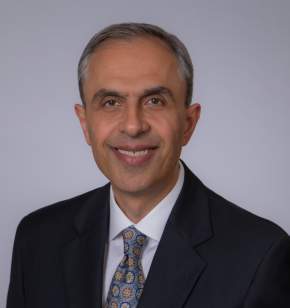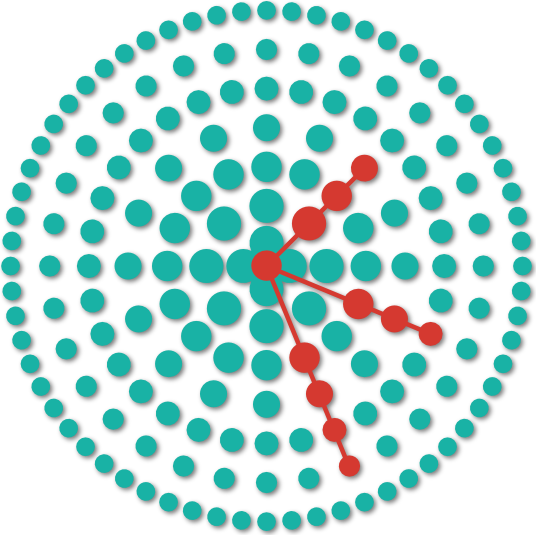Recovery Outlook for Hemifacial Spasm


Hemifacial spasm is a cranial nerve hyperactivity disorder that causes involuntary contractions of the facial muscles on one side of the face. This is a frustrating condition that can interfere with social interactions, drinking and eating, and even driving. Fortunately, many patients with hemifacial spasms can experience a lasting cure after surgery. In this article, we discuss the outlook for patients with hemifacial spasm and answer commonly asked questions about dealing with this condition.
How Serious Is Hemifacial Spasm?
Hemifacial spasm is not a life-threatening disorder. Affected individuals can continue to live a long and healthy life. Because the spasms are painless, the most frustrating aspects of this condition are related to its effect on facial appearance and how it interferes with activities requiring undisturbed vision (e.g., driving) and sealed lips (e.g., drinking).
Over time, the frequency and severity of twitching increase without treatment. In its most severe form, hemifacial spasms affect the entire side of the face. Spontaneous contractions of all facial muscles on that side pull at the corners of the eyes and mouth and cause involuntary grimacing. This can be emotionally and psychologically distressing.
What Is the Life Expectancy for Hemifacial Spasm?
If hemifacial spasm occurs because of compression of the facial nerve from a blood vessel (most cases), life expectancy is typically not affected. However, if the nerve is being pressed against by a brain tumor, life expectancy may be impacted depending on the type of tumor, its aggressiveness, and the treatment pursued.
Why should you have your surgery with Dr. Cohen?
Dr. Cohen
- 7,500+ specialized surgeries performed by your chosen surgeon
- More personalized care
- Extensive experience = higher success rate and quicker recovery times
Major Health Centers
- No control over choosing the surgeon caring for you
- One-size-fits-all care
- Less specialization
For more reasons, please click here.
Can Hemifacial Spasms Heal on Their Own?
Rarely hemifacial spasms will resolve or go away on their own. Reports of hemifacial remission range widely from 2% to 40% in various patient series. In these cases, the spasms decrease in frequency or do not appear for months to years. However, this may occur only after experiencing years of hemifacial spasms. For this reason, some surgeons may not offer surgery until symptoms are experienced for some time.
For most patients, the spasms persist or worsen over time. Hemifacial spasms can appear to last for so long that they seem to be permanent. Fortunately, surgical treatment can provide a lasting cure for many patients.
Outcomes After Treatment
Mild cases of hemifacial spasm may be managed with medications such as onabotulinumtoxinA (Botox, Allergan Aesthetics, Irvine, CA) injections, anti-convulsive medications, or muscle relaxants. However, surgery is the only treatment option that can address the root cause and potentially cure this condition. Following microvascular decompression surgery, more than 85% of patients experience complete relief of spasms. In many cases, this can happen gradually within a few days or weeks after the surgery.
Up to 10% of patients may develop recurrence of hemifacial spasm after microvascular decompression. Although medications are still an option to help manage the spasms, a second microvascular decompression operation may be performed. Approximately 60% to 70% of patients will experience benefit from a repeat surgery, although this may come with an increased risk of surgical complications such as hearing loss and facial weakness.
After surgery, total hearing loss and permanent facial weakness on the side of the operation may rarely occur. To maximize excellent outcomes and reduce the risk of complications, find an experienced surgeon for your case. Learn more about what to look for when deciding on a neurosurgeon here.
Conclusions
Hemifacial spasm is a curable condition if surgical treatment is pursued. In general, the prognosis of this condition following surgery is excellent, with most patients experiencing a lasting cure. Rarely, hemifacial spasms may go into remission or resolve on their own, but this may occur years after experiencing this frustrating condition.
Key Takeaways
- Hemifacial spasms are painless spasms that typically do not affect life expectancy.
- In rare cases, hemifacial spasms may go into remission or resolve on their own after several years.
- Microvascular decompression surgery provides a lasting cure for more than 85% of patients.
- Complications such as total hearing loss and permanent facial weakness are rare.











